John Hurrell – 16 February, 2011
While Selina Foote currently has a curated group show of paintings in Window - mainly from other people - her own small works dominate this Crockford presentation.
Auckland
Billy Apple, Gretchen Albrecht, Julian Dashper, Selina Foote, Ralph Hotere, John Nixon, John Reynolds, Peter Robinson, Milan Mrkusich, Gordon Walters, Pae White
Painting
8 February 2011 - 26 February 2011
It’s not exactly a rivetting title but despite that dull matter-of-factness, for those interested in how the most traditional of all artistic pursuits is faring these days, Painting has got many surprises that will reward a visit. In particular the works by Foote, Robinson, White, Reynolds, Dashper and Apple.
Billy Apple’s contribution is a 1963 photocopy on canvas of red and green colour separations of four apples, resulting in orange and lime-yellow test fruit to which Apple later added written corrections to the printer in red biro. The work connects beautifully in its fastidious preoccupation with detail with so many later Apple projects, from the New York cleaning and broken-glass collecting activities of the early seventies to the Censure series of gallery installations in his 1979-80 New Zealand tour.
The work by the late Julian Dashper intrigues because of what it suggests but doesn’t show: four places on the canvas where the artist appears to have rested four tins of household paint. The randomly placed streaks and subsequently blended chroma are located around the outside of the invisible circular bases, tempting you to guess at the purchased colours and the sequencing of the initial brushed-on applications.
Pae White’s complex positive/negative image is highly suggestive, possibly a moving portrait or undulating folds from some sort of gyrating machine. Colourfully loud it is nevertheless compelling, the rolling painted forms or the heaving gaps in between. An impressively composed dynamic made five years ago that Auckland should be seeing more of.
John Reynolds has one of his collaborations with the weather, notably rainwater with which he turns the stretcher about, letting the rivulets dribble and the daubs be pulverised. It brings a new, unusually denser quality to his pigmented image making, and raises issues about our environment and climatic change.
A set of tonally matched, loosely applied, drab tertiary colours form the basis of a Peter Robinson painting on which is then painted black lines reminiscent of Seung Yul Oh’s cartoon imagery. It’s an unusual work for Robinson, reminiscent of his recent calligraphic black and white paintings but for the colour and cleaner, less ragged lines - made with ink. It’s interesting to see Robinson thinking about animation and using it to reponder some of the quantum physics allusions behind his contribution to the Venice Bi-Polar show.
Selina Foote currently has a curated group show of paintings in Window (mainly from other people) but her own small works dominate this Crockford presentation. As a result of recently studying at Elam her work has changed - its less figurative now, but still much layered - angular geometric systems on translucent silk. They are a bit like cut-up and reshuffled Bridget Rileys or Sol Lewitts, featuring rhythmically placed vectors of tilted parallel lines or overlapping spiky triangles. Apparently they are generated by systems that reference key locations within famous compositions of earlier painting, but their interest lies in the instability of the optical movement, and how this floating evanescence is accentuated by the delicate support with its backdrop of faint shadows.
There are eleven artists in this show, but much of it is work that is now well known. The more recent, generally explorative work discussed here makes a visit essential.
John Hurrell

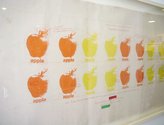
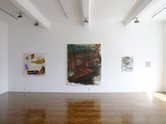



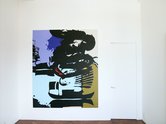

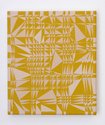
 Two Rooms presents a program of residencies and projects
Two Rooms presents a program of residencies and projects Advertising in this column
Advertising in this column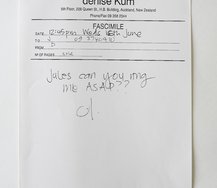
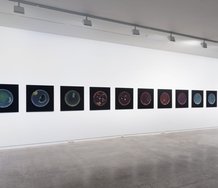
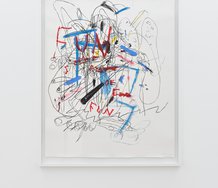

This Discussion has 0 comments.
Comment
Participate
Register to Participate.
Sign in
Sign in to an existing account.